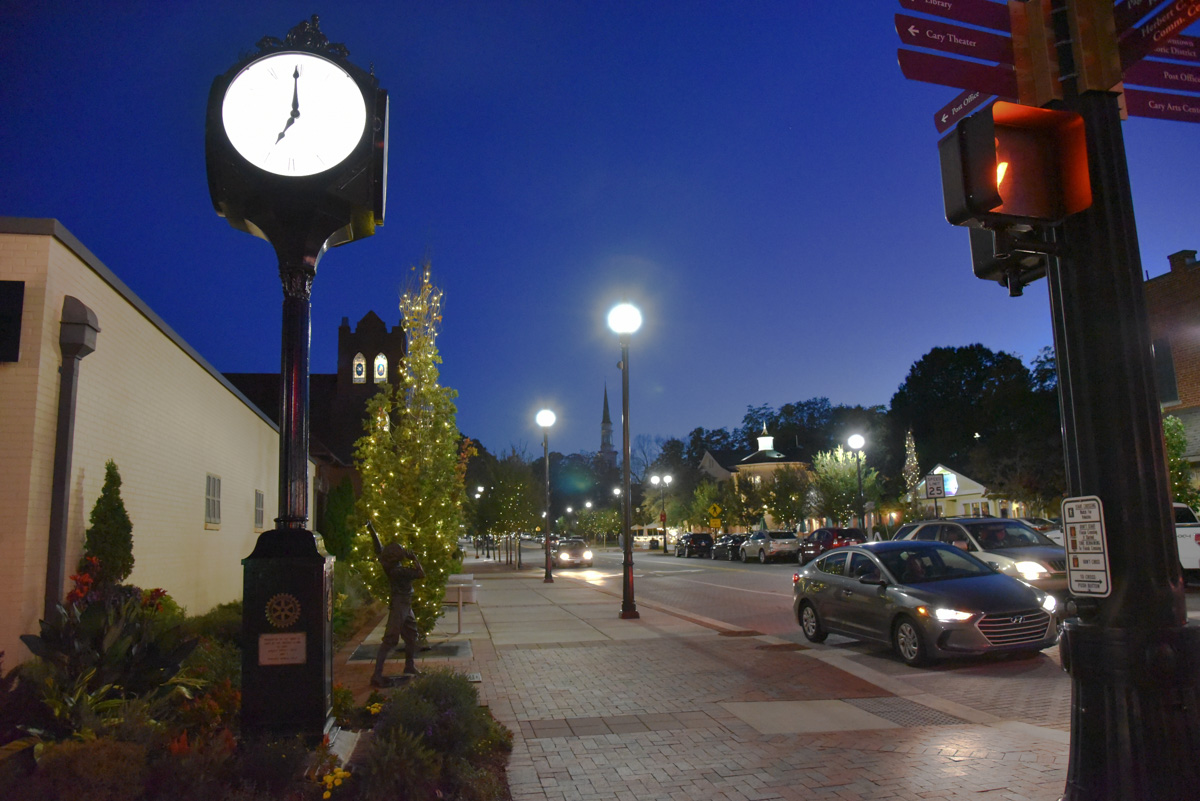New Study Critiques Cary as Community for Seniors to Live
Cary, NC – Cary has a large senior population, with nearly one in four women and one in five men aged 55 or older, and according to the U.S. Census, by 2035 there will be more seniors in the country than children. A new study looking at best places for seniors to live rates Cary as falling behind in several areas while exceeding in select other.
Where Does Cary Fall Short?
In a recent study by Caring.com, a senior living referral website, out of 302 municipalities across the country studied, Cary came near the bottom of the pack at 270.
In particular, the study knocks Cary in two areas: availability of senior living and housing, and quality of life for seniors.
While Cary was ranked as being at about the national average for housing costs, housing cost burdens and the availability of multi-family housing, Cary had far less subsidized housing than the national average, with 35.12 units per 10,000 people. By contrast, the national average is 182.34 units per 10,000 people. Also of importance to seniors is housing with zero-step entrances. The national average of residential units with zero-step housing is 47 percent while in Cary, it is 30 percent.
When it comes to the cost of senior living communities, Cary also came in higher than the national average at $4,661, more than the $4,000 average.
Additionally, the study took off points for North Carolina’s lack of housing protection laws.
When it comes to quality of life, the study took on a wide variety of factors, including many it said Cary fell behind on. Those include access to parks, libraries and grocery stores within a half-mile, access to jobs by public transportation and activity density.
- 0.45 parks within a half-mile, compared to national average of 1.13
- 0.03 libraries within a half-mile, compared to national average of 0.13
- 0.98 grocery stores within a half-mile, compared to national average of 2.6
- 523.86 jobs accessible within a 45-minute transit commute, compared to national average of 5728.79
- Activity density of 3689.71 jobs and people per square miles, compared to national average of 8056.92
In transportation in general, Cary has 1.13 buses and trains per hour, compared to the national average of 17.89 and only 46 percent of transit stations are ADA-accessible, compared to the national average of 88 percent.
On quality of life, Caring.com also took off points for North Carolina having laws against community broadband internet and the lingering effects of HB2.
Where Does Cary Excel?
While Cary ranks 270 out of 302 municipalities nationwide, it ranks eighth in North Carolina as communities for seniors, with the closest being Raleigh at 238th. Chapel Hill ranks as number one in North Carolin and seventh nationwide.
Cary outpaced the national average in a number of areas, particularly in economics and health care. Cary has 0.88 jobs per person, compared to the national average of 0.77, and Cary’s income equality also ranked lower than around the country. Cary also has an average of two unhealthy air days per year, compared to 16.52 nationwide.
On health care, Cary was on pace with the national average in most areas, while surpassing the average number of mental healthcare professionals per 100,000 people with 253, compared to 224 per 100,000 nationwide. Also, Cary has zero “health care professional shortage areas” as the study defined them, compared to the nationwide average of 2.8.
Cary also ranked higher for civic engagement, with a voting rate of 73 percent compared to a national average of 55 percent and 8.02 civic organizations per 10,000 people, compared to 6.42 on average.
Story by Michael Papich. Photos by Herry Lawford and Hal Goodtree.






I don’t know what to make of these two sentences. Is there a number missing in the first sentence?
Cary had far less subsidized housing than the national average, with units per 10,000 people. By contrast, the national average is 182.34 units per 10,000 people.
Yes, that’s our mistake. The number of subsidized housing in Cary is in there now.
Another notable area not mentioned is availability of education. The Cary Senior Center is excellent with a wide variety of classes and Town of Cary also has many classes available too. While not strictly Cary, Ocher NCSU is another wonderful resource.
I do agree that Cary needs more senior housing options particularly in the rental sector. I’d like to see more 55+ options for active seniors.
So what is not taken into account is GO Cary which offers VERY low to almost free door to door transportation services for seniors. I assume because it’s so unusual that Caring.com didn’t even consider it.
I fully agree with Michelle’s comments. Plus, if the transportation bonds pass in today’s municipal elections, Go Cary will be expanding.
While seniors now ride free on the fixed routes, I disagree with ‘low to almost free door to door’ service. Tier I service, within Cary, is for trips originating within 3/4 mile of a fixed route to a destination also withing 3/4 mile of a fixed route. Cost is $3.00 per trip, or $6.00 per round trip. Tier II service, within Cary, is if the originatior or destination point is more than 3/4 of a mile from a fixed route. Which is the case for most trips. Cost is $4.00 per trip, or $8.00 per round trip.
This may not sound like much at first glance, but it adds up quickly for seniors living on a fixed income. Especially when the radiology center, doctors, dentists, and opthamologists used by many seniors are in a Tier II area near the intersection of Cary Parkway and Tryon Road.